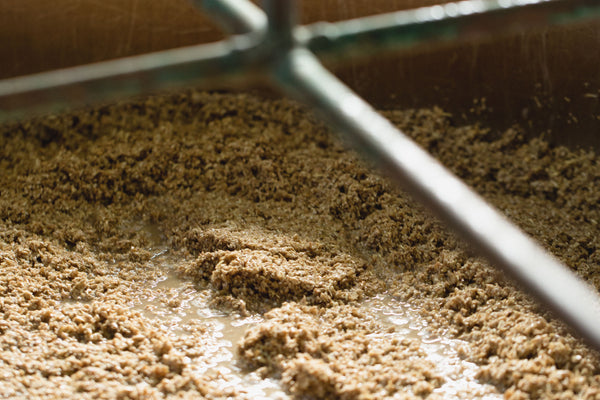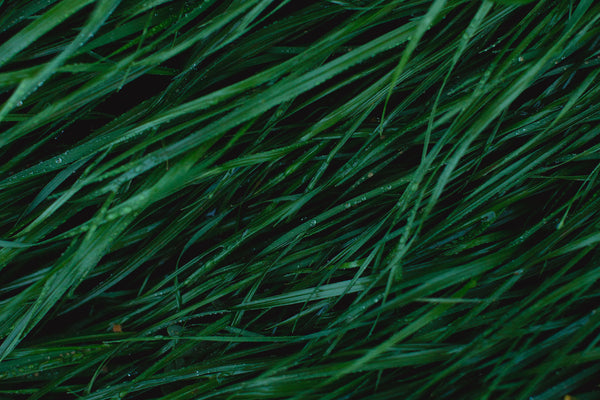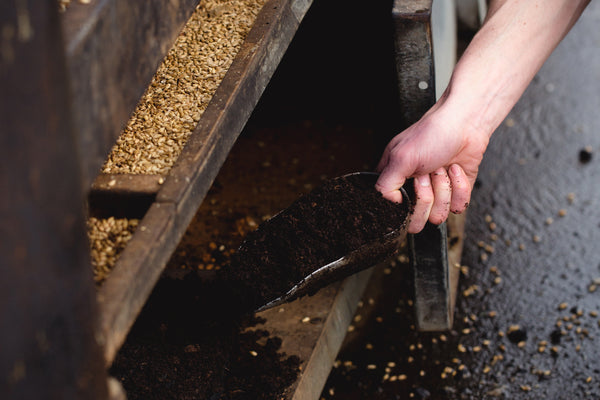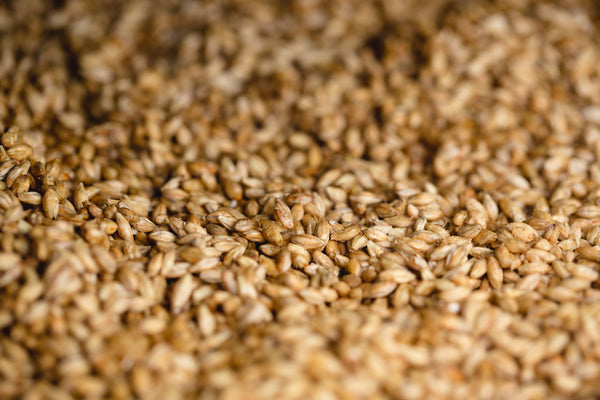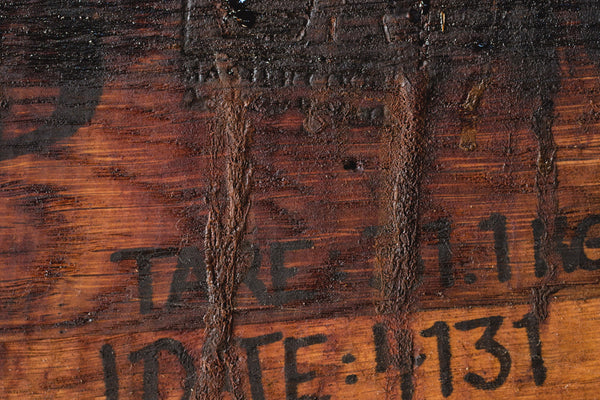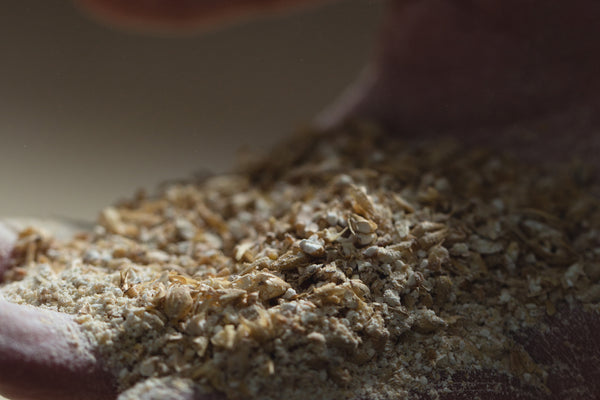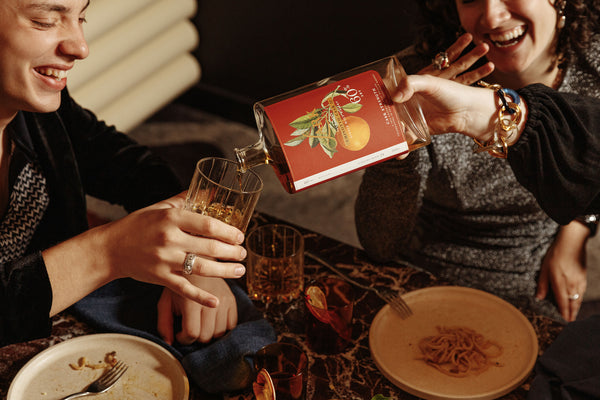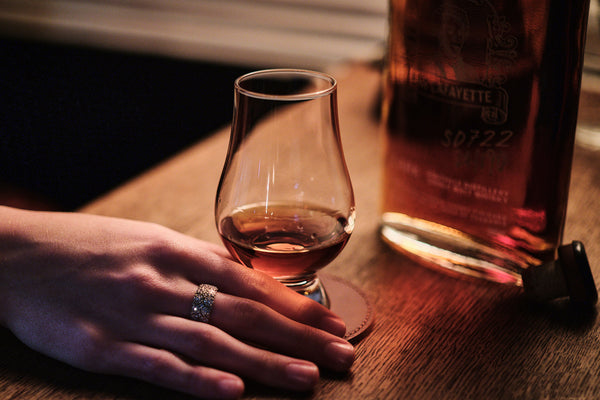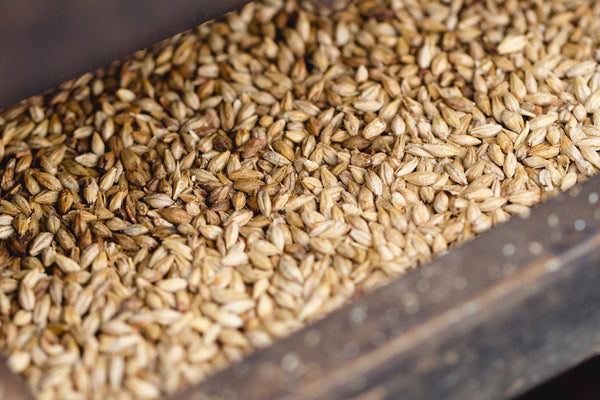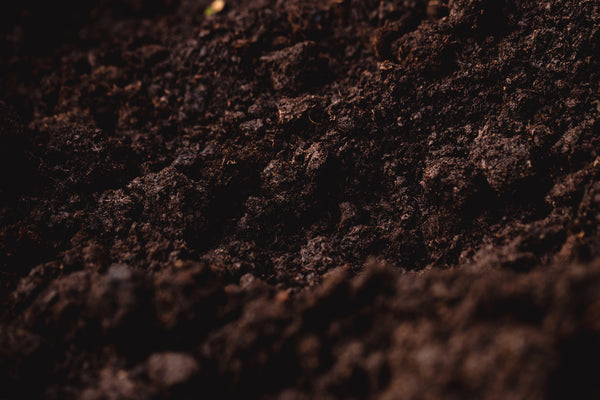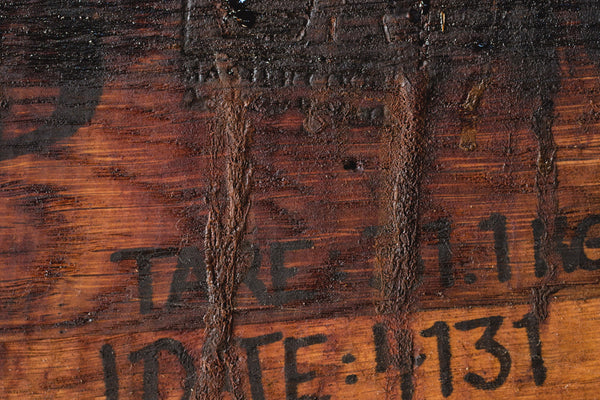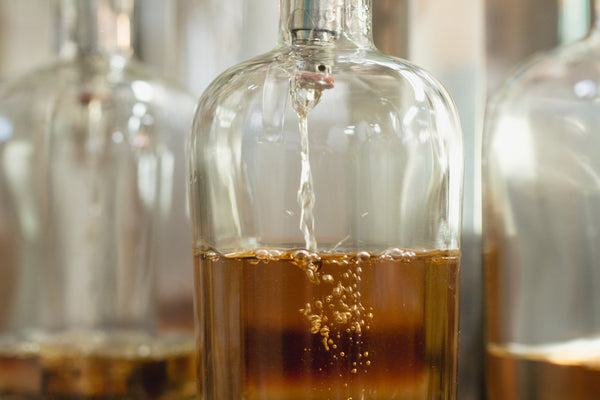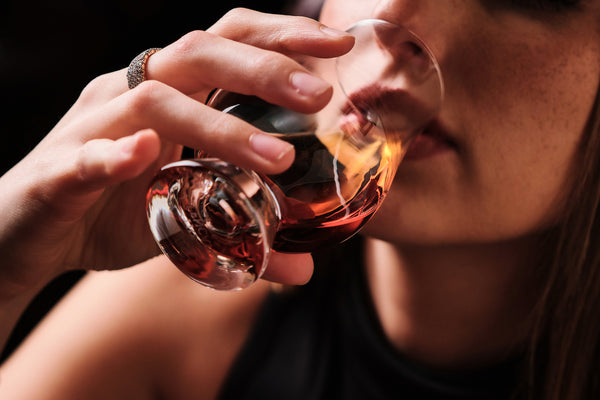Answering ‘how is whisky made’ is not that straightforward because there are many versions of whisky made worldwide. Malt whisky is made entirely from malted barley and other grains, whereas grain whisky is made from malted and unmalted grains. If you’re looking at a single malt whisky, these are made from malted barley produced in a single distillery. Blended whisky is made from whisky that originated from two or more distilleries.
In Australia and most other countries, there are strict rules for what can be labelled as whisky. These rules are often written and curated by a whisky association, and supported by governments. As whisky is imported and exported worldwide, creating specific rules about whisky protects these products and ensures that standards are consistent.
The Australian whisky needs to be distilled from fermented mash of cereal grains. Australian laws dictate that anything labelled as whisky must have been matured in wood barrels for over two years. The exact ingredients that go into the grain mash are left up to the distiller, and this includes the processes followed for germinating and drying the grains. The barrels used are key to dictating the flavours of the resulting whisky. While whisky production must follow certain rules, there are a lot of variations allowed when it comes to the actual ingredients and processes.
How is whisky made?
In Australia, the whisky is made similarly to how Scottish whisky is made, and you’ll find many familiar flavours. However, due to the current Australian whisky industry being so young (since 1992), there are no traditions or specific guidelines for flavours and techniques. This allows distilleries greater freedom to choose how to make their whisky; you’ll find there are single malt, rye, wheat, and blended whiskies available.
Australian single malt whisky, which is the most popular style, uses barley as their predominant grain of choice. A malt whisky must be made exclusively from malted grain. It is possible to make whisky from unmalted grains, but these are labelled as grain whisky. There are some distilleries in Australia using native grains in their mash. It is this inventiveness and desire to explore what whisky can accomplish that makes Australian whisky unique. The types of barley used can also create different flavours. Some distilleries will use brewing barley instead of the usual distilling barley, that’ll you’ll find in most other whiskies.
After the grains are chosen for the mash, they need to be prepared. Firstly, the grains need to be dried to a point where the internal moisture content is low. After the grains are dried, they’ll be stored for a few weeks, and this is because most seeds need to be dormant for a while before they can germinate. After storage, the grains will be soaked in water for several days until they begin to germinate. The grains are allowed to grow for a few days and toasted until the desired colour is met; this is determined by the master distiller. Some distilleries will use peat smoke during the toasting process to provide additional flavours to the final product.
The dried grains are then ground into flour and mixed with warm water. The water quality used in this process is vital for crafting a premium whisky. This ground grain and water mix is known as the mash, and it is heated close to boiling point. Heating helps draw out the sugars, resulting in a sugary syrup (the wort), at which point the spent grains are removed. The wort is then cooled, where yeast is added and allowed to ferment for several days. Then the liquid is put through the distillation process, and that removes many impurities. After distilling, the result is a clear spirit of around 65-8% ABV; at that time, it is poured into oak barrels for maturation.
How to store whisky?
After bottling, you can store whisky in any cool and dry location. Ideally, it is best to keep whisky out of direct sunlight. If you’ve opened the whisky bottle, be sure you replace the stopper, so air does not get in. If left exposed to air, the whisky can change flavours due to oxidation.
Whisky is best served at room temperature (15-18oC), and it does not need to be decanted to improve its flavour. After whisky has been removed from the barrels, it will not age or improve in flavour. This is because the flavour of whisky is derived from breaking down the sugars in wood fibres. Therefore, if you have a five-year-old whisky, it’ll always be a five-year-old whisky no matter how long you keep it. With many young whiskies, a more mature whisky may be added to improve and stabilise the flavours. An aged whisky will be labelled based on the least amount of time a single whisky has spent in the barrel.
Where can I buy the best whisky near me?
At Lark Distilling Co., you can order a whisky delivery directly from our online shop. If you are unsure which whisky to choose, we’d recommend the whisky tasting set to get you started. If you’re buying a gift, then a whisky gift set can be perfect for anyone interested in sampling premium Australian whisky. If you need any assistance in finding the perfect whisky, you can contact our staff, and they’ll offer their recommendations based on your preferences.

